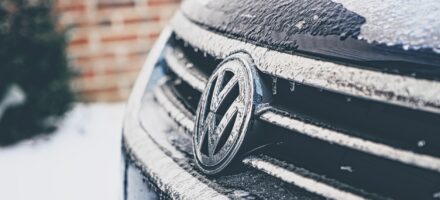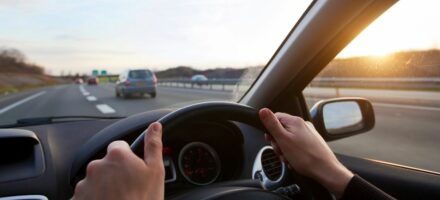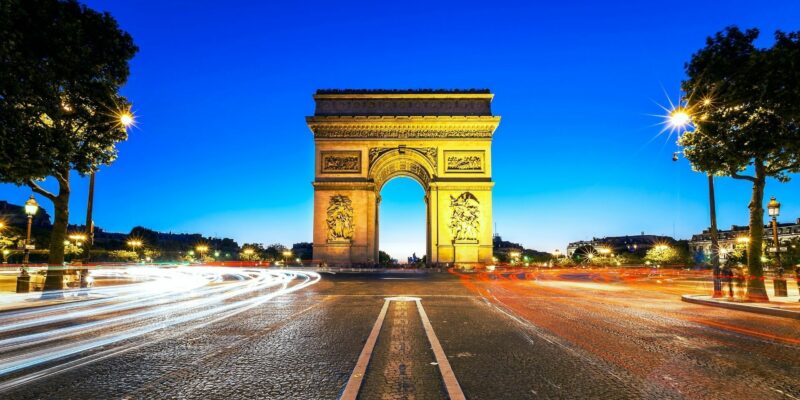
France is easy to get to by car, and driving is much cheaper than flying. But French laws and regulations are different and even small mistakes can incur on-the-spot penalty fines.
So we have put together the ultimate guide to driving in France, so you can avoid any unnecessary bumps in the road.
The Car Essentials

It is compulsory to carry these items when driving in France:
- Your driving licence
- V5C log book
- Insurance documents
- A physical copy of a 'green card' for your vehicle
- GB sticker at the rear (unless you have GB in your licence plates)
- Headlamp converters for driving on the right
- Warning triangle
- High-visibility jacket (within easy reach of the driver without exiting the vehicle)
- A breathalyser kit
- If your vehicle is leased or hired in the UK, you will also need a VE103 certificate
The French police may ask to see the items if they pull you over and not having them may result in a fine. You can buy all of these cheaply in car supply shops.
Rules and Regulations
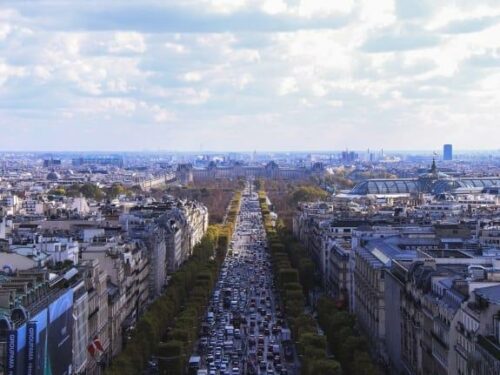
The biggest change for British drivers is that the French drive on the right. You soon get used to this – just watch your blind spot when merging on motorways and dual carriageways. France has very short slip roads but traffic in the nearside lane is obliged to pull out or slow down to make room for merging cars.
It is illegal to use not just mobile phones but also headphones or earpieces while driving, and being caught results in an instant fine. Only fully integrated Bluetooth is permitted to make phone calls.
Possession of a device to detect speed cameras is also illegal and risks a fine of up to €1500. If your sat nav has this function, turn it off.
The blood alcohol limit is also lower in France at 0.05mg/ml (0.08 in the UK), and 0.02mg/ml for novice drivers with less than three years’ experience. The best advice is not to drink and drive at all as the penalties can be severe.
Road Types and Speed Limits
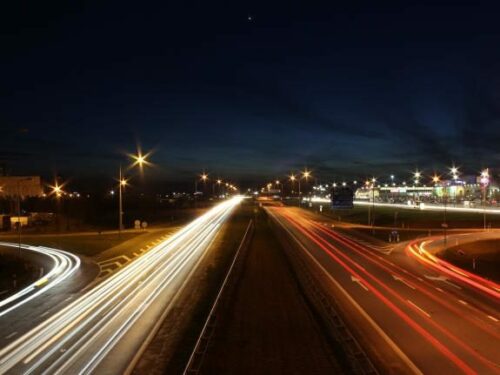
Motorways in France are called autoroutes and can have anything from two to eight lanes. They are marked by blue signs and named with the letter A, such as A10.
The speed limit is 130kmh (80mph) in dry weather and 110kmh (68mph) in wet weather. Be aware than many autoroutes have a toll, marked péage, which can be expensive on long road trips. Service stations are called aire deservice.
If you want to avoid the autoroutes, use the routes nationales. These are single lane or dual carriageway roads similar to British A roads. They are marked with green signs and named N or RN, like N79.
The speed limits are usually 110kmh (68mph) when dry and 100kmh (62mph) when raining. However, watch for local road signs as the speed limit drops on rural roads and urban areas.
The speed limit on regional D roads is 90kmh (56mph) and 80kmh (50mph) when raining. The limit in built up areas is 50kmh (30mph) at all times.
Bear in mind that the urban speed limit is not always signposted, but it applies from the town name sign, which has black letters on a white background with a red border. It ends when leaving the town, marked by the name sign with a red diagonal line through the middle.
There are heavy fines for breaking speed limits when driving in France. Watch out for French speed cameras – they are squat grey boxes on the ground and difficult to spot from a distance. And the French police use radar technology from their cars or motorbikes, and may pull you over to issue a fine.
You May Also Like
Speeding Fine FAQs: What To Do If You Get a Speeding Ticket
Low Emission Zones: Everything You Need to Know
Car Insurance Explained: Everything You Need To Know
Visit our YouTube channel where you can find car reviews and expert advice.
PREPARE YOUR VEHICLE FOR YOUR NEXT ADVENTURE

Start your explorations the right way with Jardine Motors Group. Our dealerships are outfitted with cutting-edge equipment operated by qualified technicians, allowing us to ensure your vehicle is well taken care of.
Let us provide peace of mind before your next adventure. Book your vehicle health check, service or MOT today. Pay a visit to your nearest Jardine dealer.


